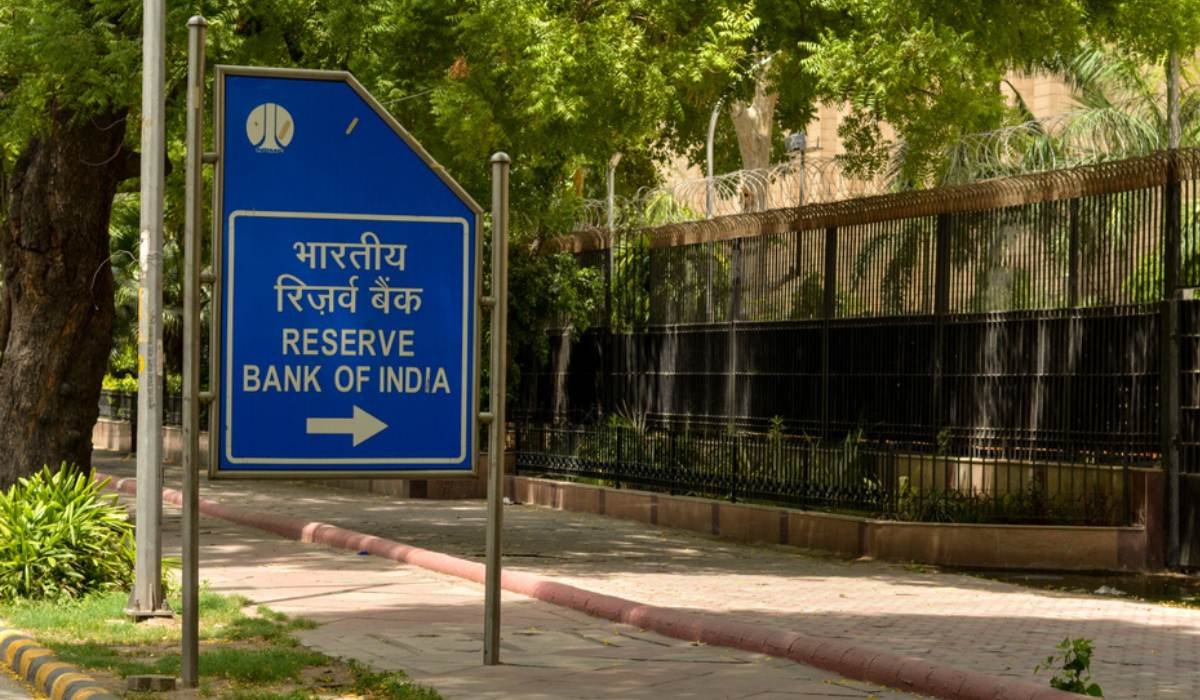The stock market, in general, and banks, realty stocks and shares of infrastructure finance companies, in particular, reacted sharply to the draft proposal of the Reserve Bank of India (RBI) that suggested tighter project financing norms. Indian real estate projects weathering headwinds to attract finance swung into cost & benefit analysis. Though most of the leading developers were cautious in giving critical reactions, privately, they maintained that the RBI should have looked into the funding gap of viable under-construction real estate projects with cash receivables in the pipeline.
What are RBI draft finance norms?
The RBI, in its proposal to tighten project financing, has released a draft framework for banks and lenders who finance real estate and infrastructure projects. The draft framework aims to tighten project financing as it recommends an increased standard asset provisioning of up to 5% on loans. The proposal, when implemented, would result in additional provisioning of 0.5-3% of the bank’s net worth.
At present, standard asset provisioning of real estate stands at 0.4%. This applies to all scheduled commercial banks, non-banking financial corporations (NBFCs), urban cooperative banks and other financial institutions.
The draft guidelines have suggested that once the project reaches the operational phase, the 5% provision can be reduced to 2.5% of the funded outstanding. It can be further reduced to 1% provided that the project has a positive net operating cash flow that is sufficient to cover the current repayment obligations.
What is project finance?
Project finance is the funding of a single project through debt or equity. It is a loan structure that relies on the cash flow for repayment and the project’s assets are more often than not used as collateral in project financing by the lenders.
The RBI guideline has emphasised that all mandatory prerequisites, including encumbrance-free land and legal and regulatory clearances, should be in place before financial closure. However, for infrastructure projects under PPP (Public Private Participation), a minimum of 50% land availability can be considered by lenders to achieve financial closure.
Why is the real estate industry worried about the draft finance norms?
Many within the built environment of Indian real estate believe the RBI’s hawkish stance is unwarranted. They believe there should be different benchmarks for long-term infrastructure projects and real estate projects. Their worry emanates from the following apprehensions:
- Delay in loan sanctioning
- Borrowing cost to rise
- Increase in interest cost
- Additional burden to be passed on to buyers
- Banks/NBFCs with no expertise in project financing may lose interest
- Profitability of banks and financial institutions to hit
- Minimum aggregate exposure norms limit opportunities for smaller banks and NBFCs
Kiran Chonkar, partner, corporate finance and investment banking, BDO India, says that typically most projects have a sizable gestation period before they can start their commercial operations and ramp up the operations to self-service the project loan obligations. To safeguard their interests and mitigate the project risk, financers take charge of all project assets, pledge project SPV shares, corporate guarantee from the parent company, create a debt service reserve account and create other contractual comforts.
“The RBI stipulates strict guidelines pertaining to provisioning for banks/NBFCs in case the Date of Commercial Operations (DCCO) gets delayed beyond a notified timeframe for projects under construction to mitigate the additional risk arising out of the delay in the start of operations. Additionally, there are prudent guidelines for standard provisioning for loans and advances. In such a scenario, levying a 5% provisioning for projects under construction seems to be a bit beyond reasonable credit-risk caution and almost borders on signalling a trust deficit on the credit appraisal process of project financing banks and institutions,” says Chonkar.
Along with real estate projects, large infrastructure projects will face practical challenges as the maximum moratorium period allowed is six months, providing no headroom in case of delays in annuity receipt.
Vinay Kumar G, vice-president and sector head-corporate ratings, ICRA Limited, believes that for a Hybrid Annuity Mode (HAM) road project of NHAI, the annuity becomes due after 180 days of COD (commercial operations date), and the authority has 15 days for making the annuity payment. To address these timelines, HAM project sanctions have a seven-month (or higher) repayment moratorium from the COD, which provides a cushion of more than one month in case of administrative delays in annuity receipt.
“The operational period for a HAM project is 15 years and sanctions generally have 13.5-14 years as repayment period translating to repayment tenor at above 90% of the economic life of the project. The revised regulations specify the repayment tenor, including the moratorium period not to exceed 85% of the economic life of the project, and would require revision in sanction terms for new HAM projects to align with the modified regulations. Given the compressed timelines for repayment, it is likely to increase the equity requirements for the developers to maintain similar credit profiles,” he says.
Riddhi Saha, a chartered accountant, believes that the RBI’s stand has more to do with trust deficit than credit-risk balancing. According to her, at a time when the NPAs (non-performing assets) of banks and financial institutions have reduced and asset quality improved, there is no immediate driving factor for such a stand.
“India is not China, neither with its credit exposure to real estate nor infrastructure. More importantly, most of the leading and listed players in the space have a healthy balance sheet. I personally see no reason why the norms would be suddenly tightened to derail the growth. Does RBI feel there is a bubble in the making?” asks Saha.
IIFL Securities, in a report, estimated that additional provisioning requirements would hit 0.5-3% of banks’ net worth and hurt CET1 (Common Equity Tier 1) ratio by 7-30 basis points (bps). CET 1 ratio is a measurement of a bank’s core equity capital compared with its risk-weighted assets. It shows a bank’s ability to withstand financial stress. One basis point is one-hundredth of a percentage point.
A report by JM Financial says that a significant increase in provisioning requirements will result in lower returns for lenders in project finance and reduce incremental appetite for such exposures if implemented in the current form.
In a nutshell, while project financing in India has always been critical with many projects stuck due to the non-availability of finance and/or funding gap, the draft guidelines on project financing have made the built environment more apprehensive. Beyond the cost and benefit analysis of the projects and the lenders, there is a consensus that the draft guidelines, in their present form, do not augur well for the ecosystem.
(The author is the CEO – Track2Realty)
| Got any questions or point of view on our article? We would love to hear from you. Write to our Editor-in-Chief Jhumur Ghosh at jhumur.ghosh1@housing.com |

Ravi Sinha is a journalist with nearly two decades of cross-discipline media exposure. He is the CEO of real estate think-tank group Track2Realty. He has been writing extensively on the real estate sector for nearly a decade. Evaluation of real estate brand performance is his expertise and he has immense insight into consumers’ psychograph in the property market.
Twitter: https://twitter.com/ravitrack2media












